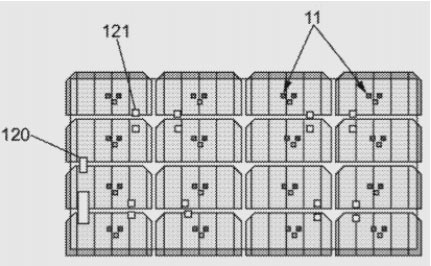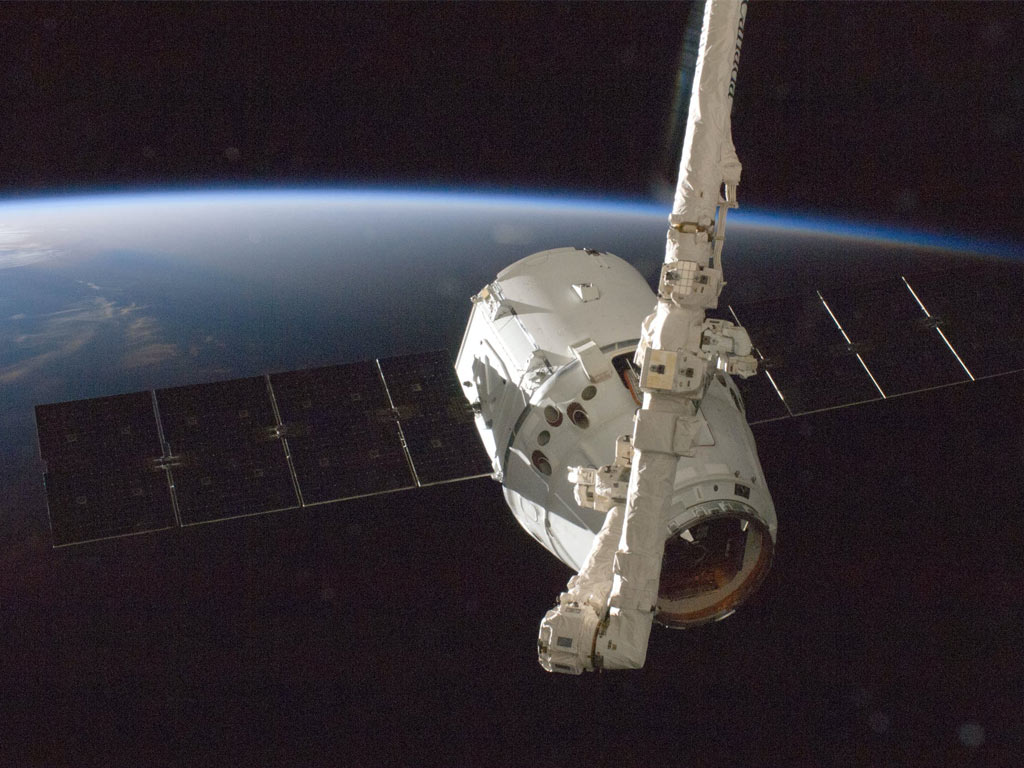German-based Airbus Defense and Space, a division of aerospace giant Airbus, is patenting a device that can test the solar generators of satellites and drones faster, and more importantly, without having to dismantle millions of dollars worth of tech.
There are currently 2,666 operational satellites above the planet. Once deployed, it is not feasible to repair machines, hence they must be launched in tip-top shape to stay operational for longer. After several years, they join the 3,200 junk satellites orbiting Earth, amid a constellation of worrisome space debris that humanity is still unable to clean up efficiently.
Satellites are also not designed to be refueled. Solar panels are vital to powering most spacecraft but Airbus notes that it is a cumbersome procedure to assess them before launch. It involves several functionality tests to identify defective components in the wiring, protective element, and solar array itself. These checks require taking a satellite to specific test areas, dismantling it, and connecting a number of measurement and processing electronics. Airbus says this risks damaging such a carefully assembled piece of equipment after the fact.
The same issue is cited by the patent application for solar drones, aircraft conceptualized as being able to perform perpetual flight. Ensuring the integrity of the power source before launch is crucial, especially if the drones are expected to keep functioning when the sun goes down.
Airbus claims the device featured in its USPTO filing provides for a streamlined, contactless way of verifying that the solar generator is working properly.

An example configuration of the test device’s array of light sources [11], which includes microcontrollers [120] and low-voltage power transistors [121].
A satellite may be powered by one or more solar generators, each typically comprising an array of triple junction solar cells. Multi-junction solar cells are known to be more efficient, absorbing different wavelengths of incoming sunlight through layers of different semiconductor materials.
The testing device from Airbus would use an array of light sources to illuminate solar cells in each of the junctions’ respective wavelengths. For triple-junction generators, a test device would be able to emit light at nanometer wavelength bands centered on 450 nm, 850 nm, 940 nm.
A control unit would switch individual LEDs on or off so as to selectively illuminate each of the solar cells of the solar generator.
Light sources would be arranged in such a way that the distance between two LEDs is less than or equal to the distance between the centers of two solar cells. Integrated optics, which may comprise lenses or diaphragms, would be used to control the opening angles of light beams emitted by the testing device.
The patent application’s assessment method involves measuring response currents of illuminated solar cells, and analyzing them to deduce the state of a solar generator. The measured response current is the current supplied to a satellite or solar drone. This test can be conducted without disassembling the solar generator.
Additionally, successive illumination of solar cell groups in the strings comprising a solar generator can be used to determine the state of solar cells in the string, the electrical contacts between them, and their associated bypass diodes. Measuring response currents also enables assessment of the strings’ connections to the solar generator’s regulator, along with the state of the regulator itself.
The sun is a popular power source in both the surface and outer edges of Earth, and for good reason. The planet continuously receives 173,000 trillion watts of solar energy—over 10,000 times the world’s total energy use. Humanity is still figuring out how best to harness this clean, abundant, and renewable resource that will likely underpin technology for ages to come. The patent application from Airbus, though not involving new means to access solar energy, can make current implementations far more reliable, for machines that much of the modern world relies on.
The featured patent application, “Device for Testing a Satellite Solar Array”, was filed with the USPTO on June 12, 2019 and published thereafter on August 12, 2021. The listed applicant is Airbus Defence And Space SAS. The listed inventors are Dominique Vergnet and Marc Sabathe.






